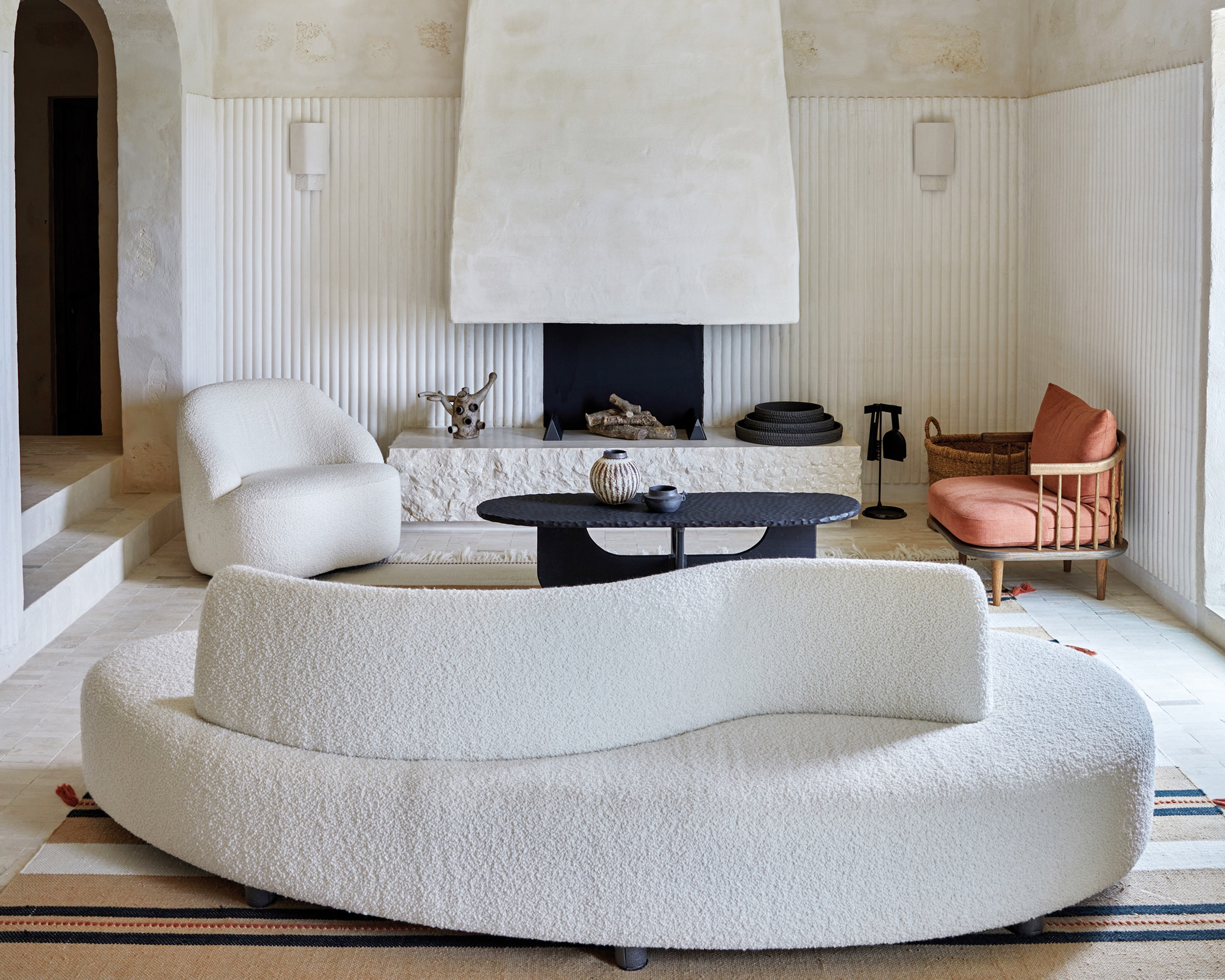The wabi-sabi aesthetic is a refreshing antidote to endless images of ‘perfectly curated spaces’. Embrace the imperfect and connect with the natural world to create a home that exudes tranquillity, authenticity and easy going timelessness.
Embracing the Japanese design philosophy of wabi-sabi doesn’t require a total overhaul of your space; it’s more about leaning into the frame of mind and bringing that into your home in a way that works for you. Meaning ‘perfectly imperfect’, wabi-sabi is a celebration of mindful practice and the essential beauty found in imperfection. In the world of decor, this translates into effortless and lived-in surroundings and pieces, raw natural textures and tones, minimal clutter and pockets of peace and comfort. Here are some guiding principles (and visual inspiration) to get you walking on the path to wabi-sabi – and enjoying every step of the journey.
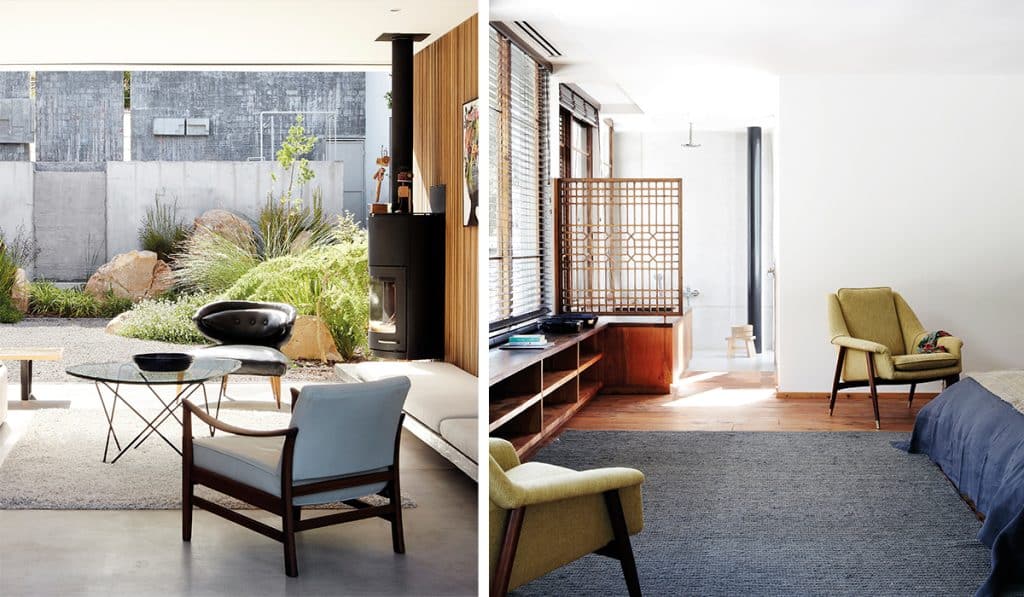
Simplicity is the source
Wabi-sabi traces its roots back to Zen Buddhism and the notion that ‘less is more’. Think of it as a minimalist approach, without the starkness and hard lines. The first steps to embracing wabi-sabi in your space? Clear that clutter and designate a space for the things that have accumulated. Whittle down your book collection to only those you really love, restyle your coffee table so you can see the surface, stack and store your favourite magazines and tackle your bedside table. You can do it!
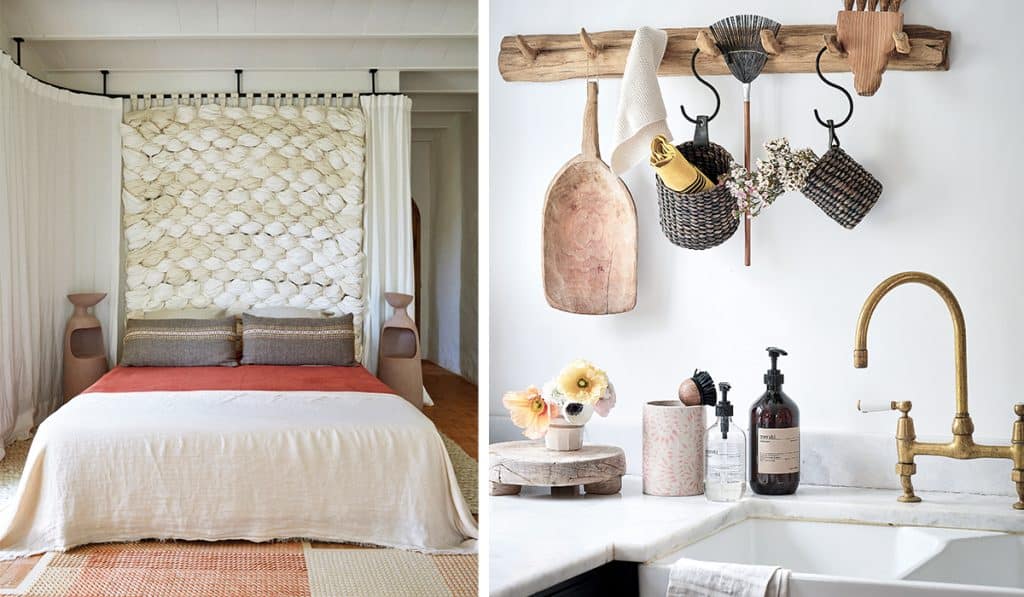
Rough luxe
In the world of wabi-sabi, an object or item of furniture that’s unhoned, weathered or even slightly damaged can epitomise sheer elegance – it’s all about creating a balance between opulence and simplicity. An exposed brick wall is an example of imperfection as an expression of beauty; a gilded mirror that’s lost some but not all of its sheen is still wonderfully luxurious, and a beaten-up table has so many stories to tell. The key is to make a point of celebrating your pieces and letting them take centre stage. Your joy is elevating something humble into something to be treasured and admired.
New vs old
In a world obsessed with instant gratification and the next best thing, wabi-sabi is about the slow life and the appreciation of the beauty in what’s old or worn. For a timeless look, marry an older item with a sleek find – think contemporary art above a timeworn leather sofa or a faded Persian paired with a lean-lined table or chair.
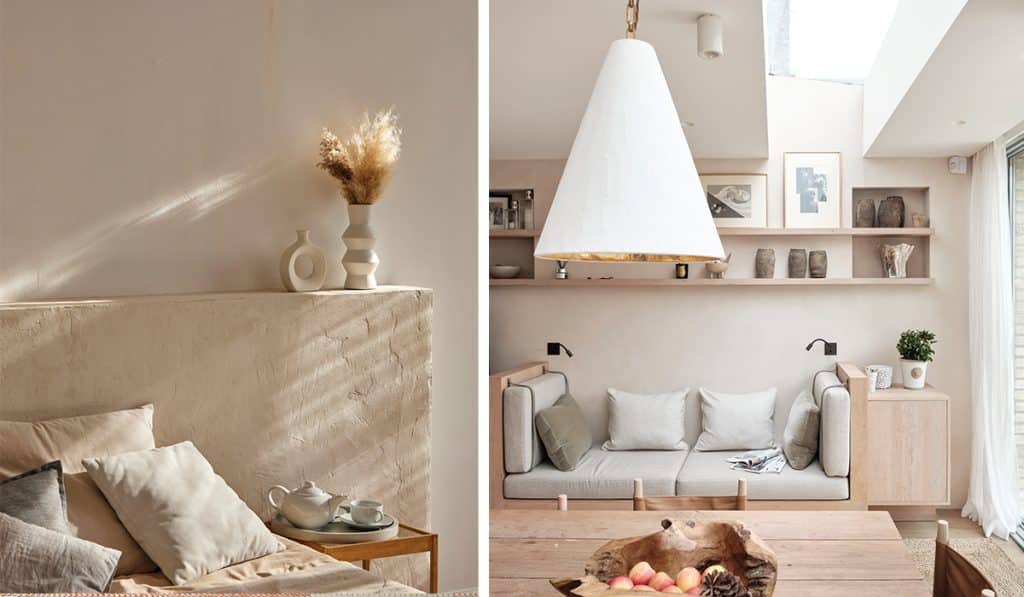
Natural textures
Creating a connection with the natural world is a fundamental element of the wabi-sabi way. Incorporating organic materials is a beautiful way to bring the outside world into your aesthetic. A single pebble from a forest walk or a sculptural piece of driftwood you found on the beach are wabi-sabi gold. Tactile elements like handwoven baskets, wooden items (such as hand-turned bowls and wooden platters) and ceramics in natural tones are all tools for creating a soothing and sensory experience in the comfort of your home.
Tranquil tones
Bring more unassuming beauty into your space to embrace the power of simplicity. And what better way to create a soothing environment than with an easy-on-the-eye palette inspired by nature herself ? Muted earthy tones, soft greys, and subtle greens – punctuated with subtle ‘pops’ in rich mineral tones – help promote calmness and a sense of relaxation, echoing just how comforting nature can be.
Incorporating organic materials is a beautiful way to bring the outside world into your aesthetic. A single pebble from a forest walk is wabi-sabi gold.
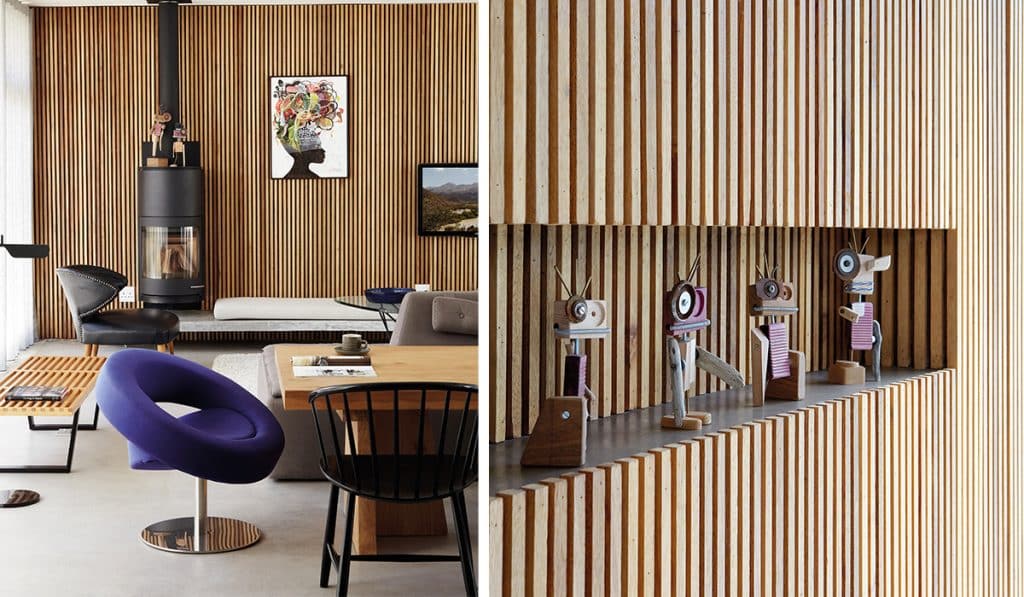
Incorporating organic materials is a beautiful way to bring the outside world into your aesthetic.
A single pebble from a forest walk is wabi-sabi gold.
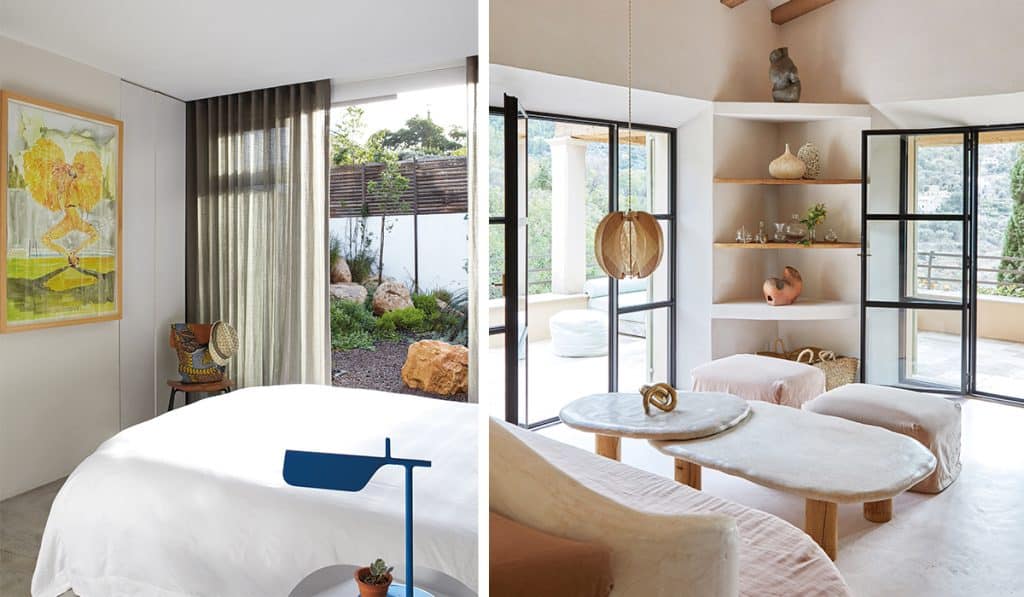
Conscious curation
Embracing balance and simplicity involves choosing to display your favourite items and finds in a deliberate way. Strip away clutter and clear surfaces, then refill spaces with just a few meaningful and carefully curated items that tell a story – be it a branch of blossoms in an oversized vessel, or a tray of white pillar candles. Wabi-sabi celebrates nature in all her stages – think dried grasses or a bowl of clustered spring bulbs on an occasional table.
Understated beauty
Wabi-sabi teaches us that imperfections are beautiful (yes, please!). Furniture or items with the mark of their maker are essential for bringing this spirit into your home. Handcrafted rugs, cushions and wall hangings are beautiful focal points, while sanded-down vintage furniture serve as wonderful anchors. Even a much-loved vessel with a crack can be used to house a solitary foraged branch.
Words by: Vicki Sleet
Photographs: Bureaux, Future, Getty Images



